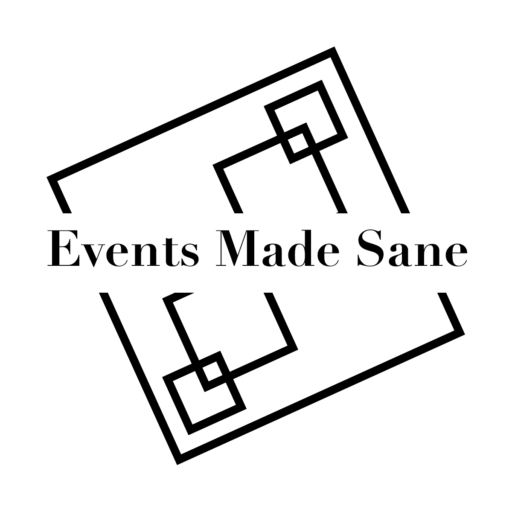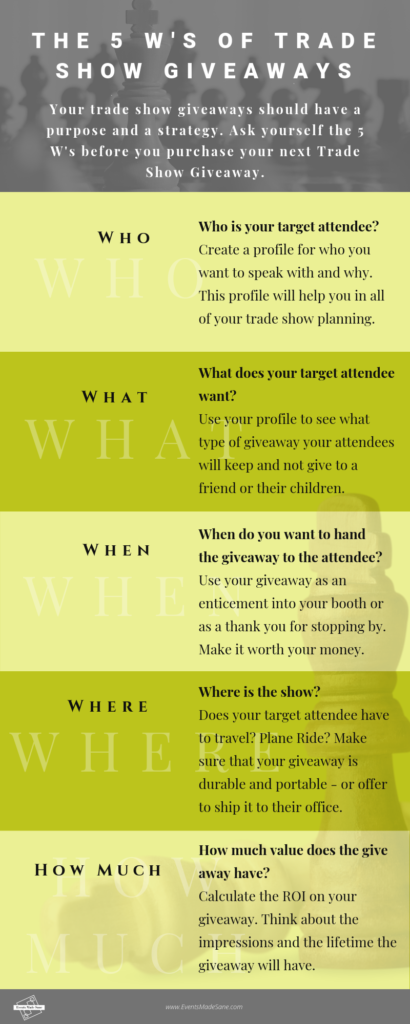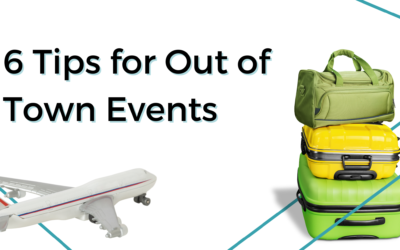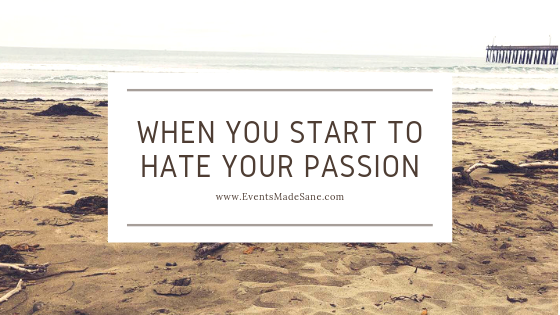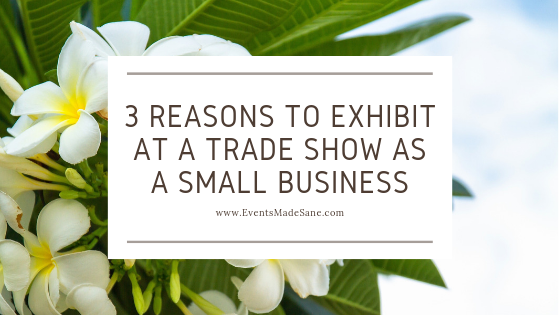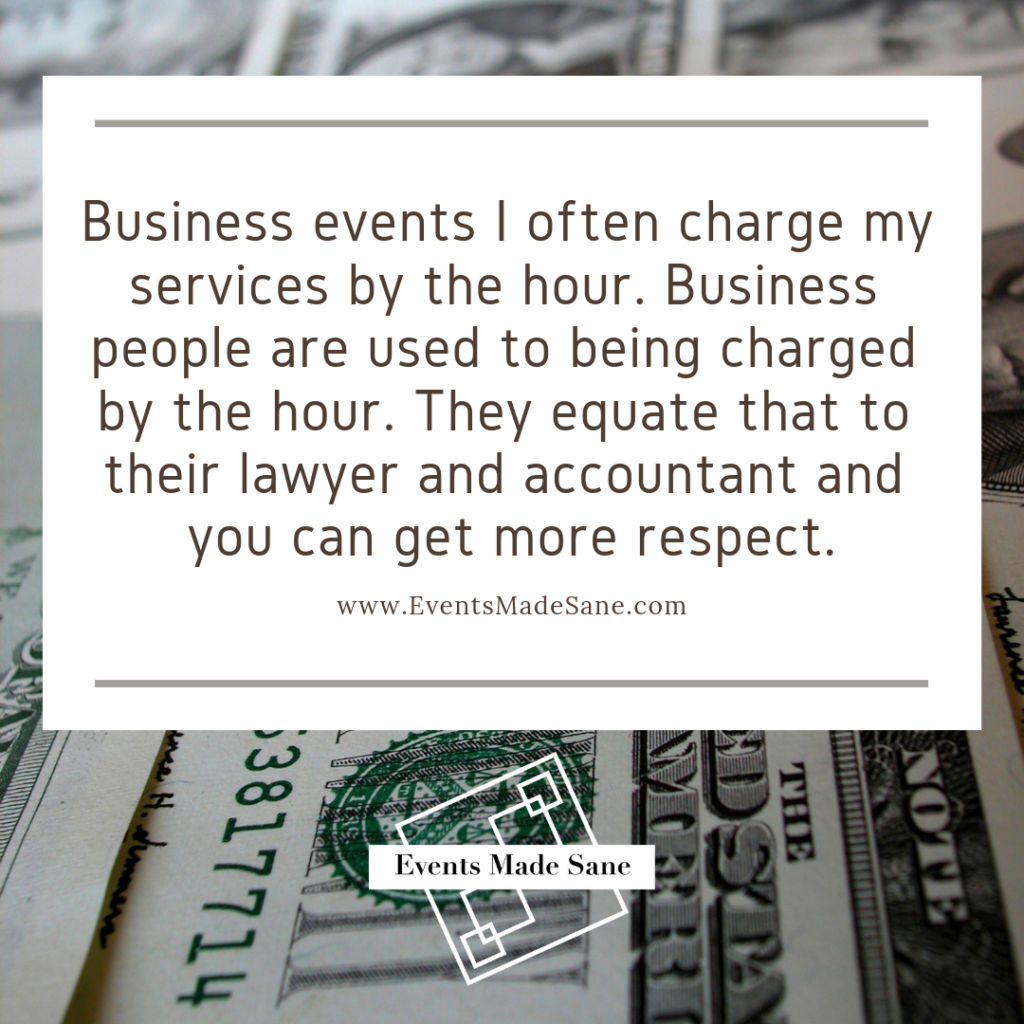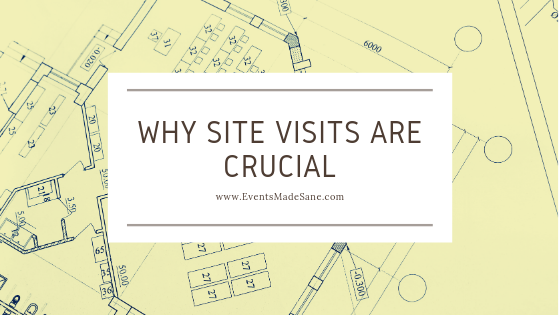
Business, Events, Non-Profit, Uncategorized
Site Visits are when you look over a venue before you sign a contract to host your event at that location.
Why do the site visit?
- You can see the venue in person. We have all booked the hotel that has beautiful pictures and arrived to find that they used clever camera angles and outdated photos. Seeing the venue in person can make all the difference.
- You get a better feel of the space. You see if there is enough room to have your event, look at the parking your guests will be using, see any obstacles, and observe the on-site staff at work. You are also able to observe the flow of the space and how people will move around.
- Peace of Mind. As an event planner, this is huge for me, knowing what I am walking into makes all the difference. If I know the venue, I am calmer and able to cut the items I pack by about half. If I do not know the venue, I have a whole box of contingencies that I bring along from pens, zip ties, duct tape, and extra decorations.
When to do the site visit?
- Do a ton of research before you consider doing site visits. You will want to read reviews and read venue websites for restrictions such as required vendors or hard cut off times.
- Narrow your list to your top three venues and contact them. Ask them to send over pricing, rules, and venue layouts. Ask them for a list of past customers that will speak with you about their experience.
- If you feel comfortable with the venue, schedule a site visit before you sign a contract.
What to look for during the site visit?
- Does anything odd stand out?
- If they provide tables and chairs, are they sturdy? If they already have a table set up – ask for them to pull out one more just to ensure.
- Do you still like the venue?
- Do you like the on-site team?
For most small businesses, you will be hosting events within your driving distance. I consider driving distance 2 hours. If this is the case, always do the site visit. If you are hosting an event out of town and have the funds to visit, always do the site visit.
If you cannot make the visit but are still set on having your event at the venue I would suggest the following;
- Do you know someone in the area of the venue that can visit it for you?
- Will the venue manager do a video call and walk you through the space?
- Does the venue have stellar online reviews?
Site visits can be the difference between a perfect event and a catastrophe. Do them whenever possible.
A quick side note, speak with your accounting professional on how business travel can affect your taxes. Some travel is tax deductible but please confirm with your accounting professional before assuming this. Each state and industry have their own regulations to follow.
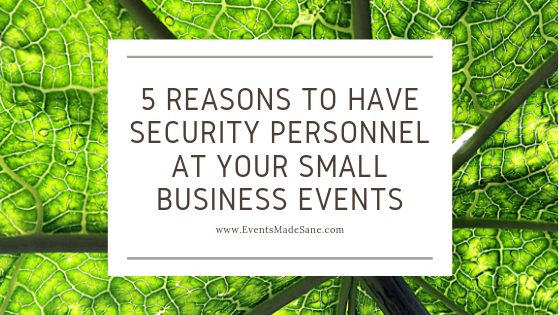
Uncategorized
Security is both important and expensive for your events. Here are the top 5 reasons to hire event security.
1.They can help keep uninvited guests out.
When you are hosting an exclusive event, you want to keep to your VIP Guestlist. I will often have my own staff checking people into the event with security standing behind them or just outside the entrance doors. This will deter 99% of people and allow them to be on hand for the 1%.
2. They keep people who have drank too much under control.
If there is going to be heavy drinking at an event and it is over 50 people, I often hire security. It puts someone on site to break up any issues. I also give security the go-ahead to quietly remove most guests if they are getting out of control. I will work with them to point out my main stakeholders or provide them with pictures, so they know who I need to speak with and who they have authority over.
3. They can help escort guests to their cars.
Not all venues have great, well-lit parking. If you have single women or elderly guests, having someone to act as an escort is a huge perk. It protects your guest and puts a cherry on top of a great evening.
4. They help protect the property.
They can make sure that the amazing decorations you rented are not walking away. I was at a Greek themed party where the beautiful statues that were the centerpieces started to walk away. Security was alerted and retrieved most of them. The event hosts would have been on the hook for thousands of dollars had they not stepped in.
5. The venue you are renting requires them
This why most people hire event security and most venues will require security if you are also serving alcohol or are over a certain number of people.
Tips from an Event Security Guard
- If you have security and a coat/ purse check area it is worth it to hire a dedicated coat check person.
- Treat your event security like event staff. Don’t forget to schedule their breaks, make sure they eat etc.
- If you have a guest list and want security to help check people in – either hire more people or accept the long wait lines.
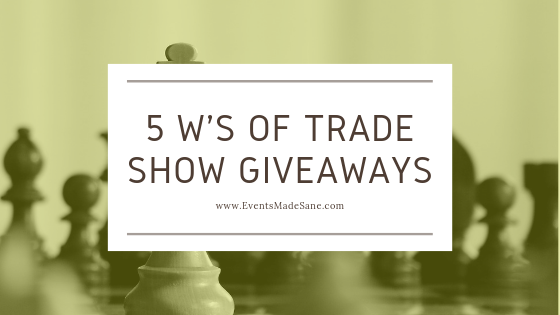
Trade Show
Your trade show giveaways should have a purpose and a strategy behind them. Walk through the 5 W’s to ensure that your giveaway will have the greatest impact.
I know the last W is why but how does have a W in it. But seriously, take a moment to think about your giveaways and think about avoiding the trick-r-treating crowd. The people that walk around shoveling all of the free items into their bag – or wagon. I will often put out candy to please this crowd and leave the other giveaways in a closet or under a table for my target attendees.
Your giveaways are a part of your booth and you whole booth should revolve around the strategy and your show goals.
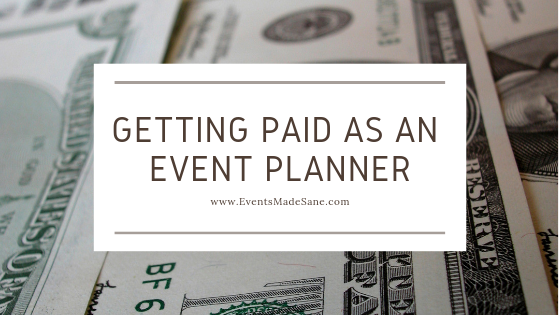
Events, Trade Show
Getting paid as an event planner is not easy. Below are three options on structuring your fees to get paid what you deserve.
Option 1: Packages
For special events where I know the average time that will go into them, I put together Packages. This allows my customers to choose at what level they would like me involved and at what level they would like to pay.
Now, when I was first starting out I had people ask me to put together an event proposal and a budget. I put together a lot of proposals and budgets – only to never hear from them again. I quickly realized that they were taking my idea and budget and then putting the event together themselves. I was speaking with Victoria Lewis, owner of Genesis Masters of Events and she gave a great piece of advice to combat this.
“I tell my customers that if they want me to put together an event, they have to hire me. They can see my past work and either trust what I do or can find something else.” Victoria said. “People think they are being sly, but their dishonesty shines through. I did proposals and had people walk away. I no longer do them. I do give a free hour consultation and talk about my services in the last 5 – 10 minutes.”
Now, I get my full fee upfront. I put together various packages for clients at different price points. If someone balks at the price, I offer to let them think about it and reach back out to me.
Option 2: Hourly
Business events I often charge my services by the hour. I do this for two reasons, the first is that business people are used to being charged by the hour. They equate that to their lawyer and accountant and you can get more respect. The second is, that a few times the business has canceled the event and wanted all of their money back.
Now, businesses also like to know how much they are going to be charged. I have them buy 100 hours of my time at the rate we negotiate. When I hit 80 hours of work, I let them know and ask if they would like to purchase another block of hours or if they want me to wrap up what I have done. This allows them to feel in control while also ensuring that you get paid.
Options 3: Percentages
When working with non-profits, I will often offer for them to pay me a percentage of the money that they raise. This percentage will is negotiable but 10% seems is my standard. This means that if I work 100 hours but only raise $100, I get paid $10. Make sure you make the distinction between how much money is raised vs. how much money is earned. If you go off how much money is earned, you take out all of the expenses of the event and get a percentage of that.
A word of caution, I make sure that I have 75% of the control on events like this and I can affect the money raised. If they will not cede that control to me, we move back to the package deal. I must also be able to review and audit the fundraising efforts. I also have a payment clause in the contract if the event gets canceled.
As event planners, we need to know what we are worth. Don’t let penny pinchers bully you into dropping your prices. If it is so easy and they can do it thank them for their time and wish them well on their event planning.


